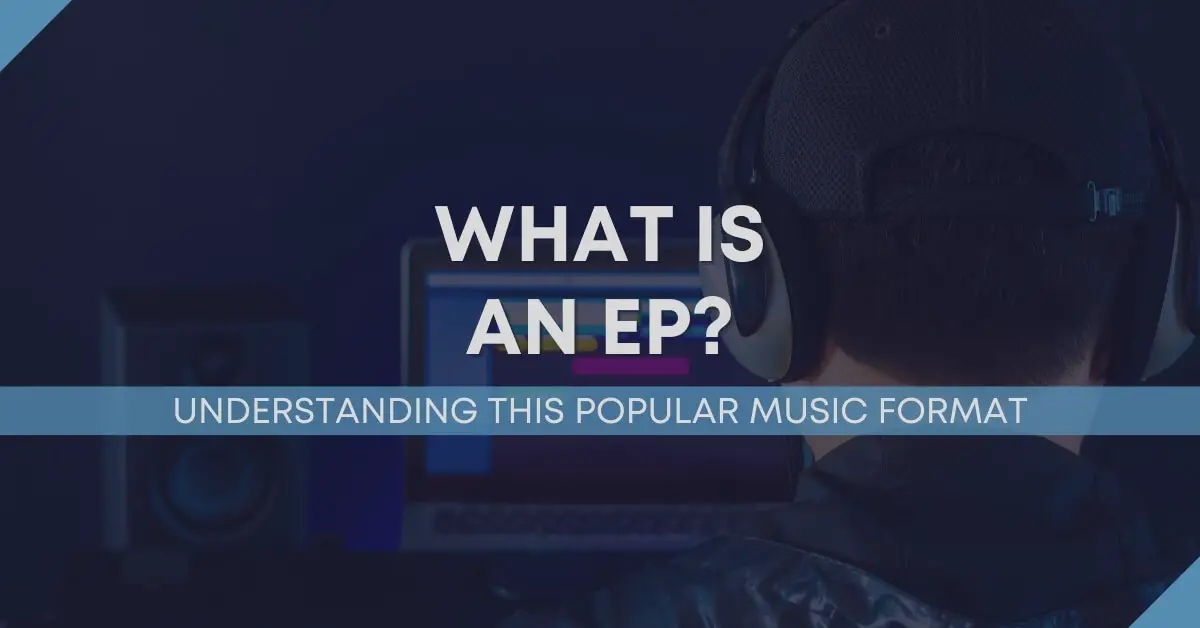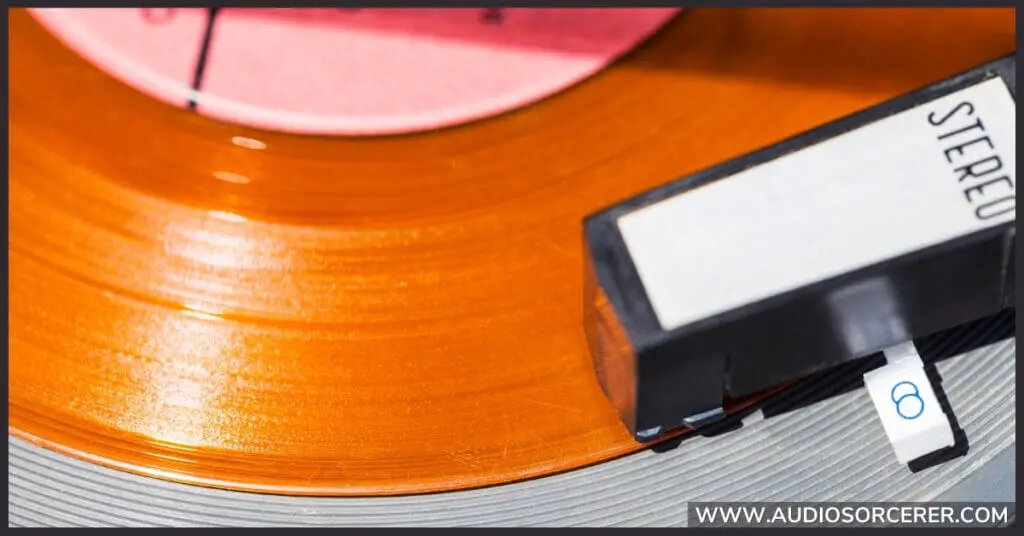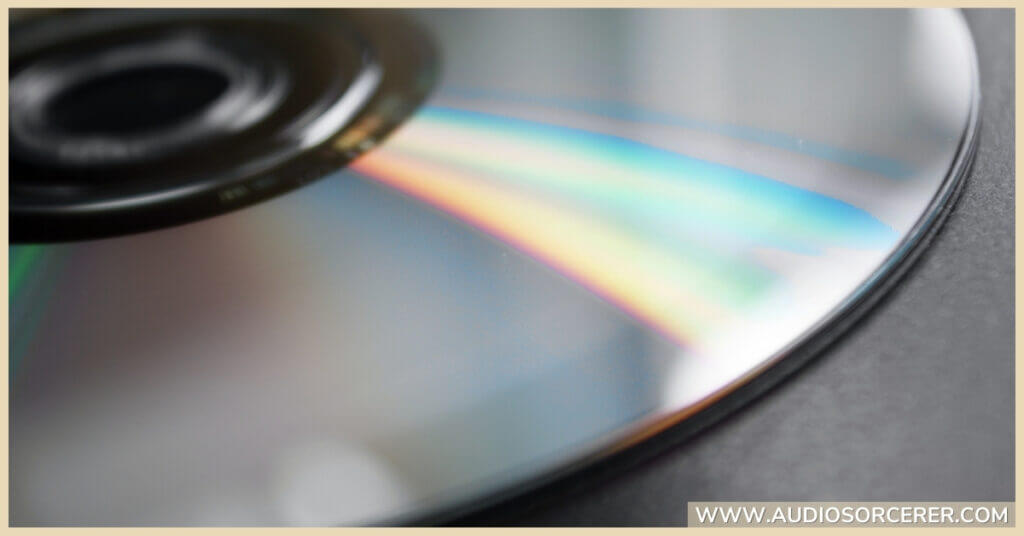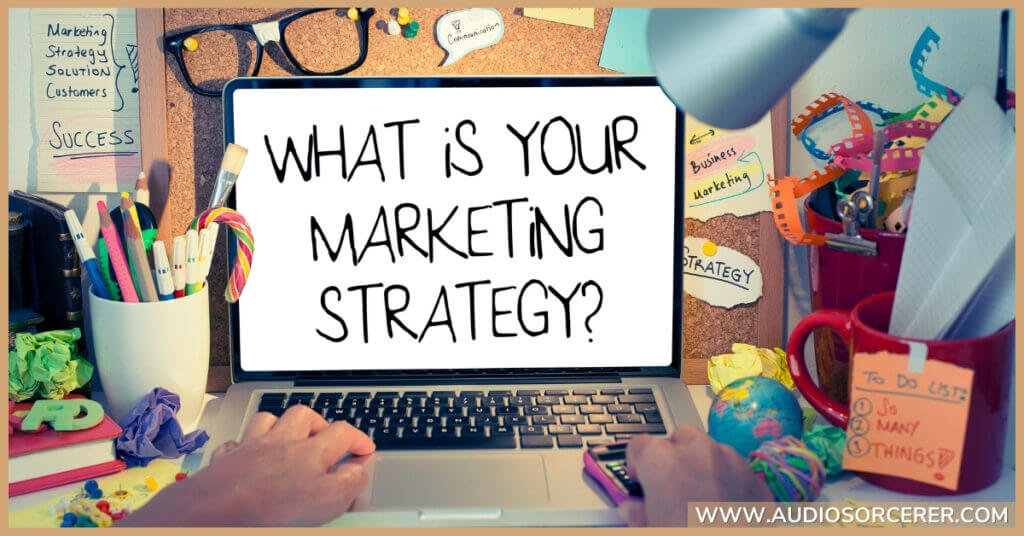
In today's music industry, you may have come across the term "EP" and wondered what it stands for. EP, short for Extended Play, is a type of musical release that bridges the gap between a single and a full-length album. As an emerging artist, understanding the concept of an EP and its benefits can be crucial for your growth in the industry. So, if you want to learn more about this popular format, read on!

An EP (Extended Play) is a musical release that falls between a single and a full-length album in terms of length and content. By understanding EPs, you gain insight into the creative strategy many emerging artists use to showcase their talent and captivate listeners.
An EP typically contains a few tracks representing an artist's musical style without the commitment of a full album, allowing for greater creative freedom and experimentation. The purpose of releasing an EP is usually to give emerging artists a platform to share their music, establish their brand, and attract fans to their work while minimizing production and marketing costs. It can also act as a stepping stone for artists developing their sound before committing to a full-length album.
To better understand the concept of an EP, it's important to differentiate it from other prevalent music formats: Singles and Full-Length Albums.
Singles: A single is a standalone track that an artist releases to promote their work. Singles are often used to gauge public response, test the market, or create buzz for an upcoming album. It usually includes only one or two songs, with the primary song (known as the "A-side") being the main focus.
Full-Length Albums: Albums are comprehensive collections of an artist's work, typically comprised of 7-15 songs or more. It is a more cohesive, definitive work and is also more time-consuming and costly to produce.
Here is a comparison in a simple table format:
| Format | Length | Purpose |
|---|---|---|
| Single | 1-2 songs | Promote a specific track, gauge response, create buzz |
| EP | 4-6 songs | Showcase talent, test the market, artistic freedom |
| Full-Length Album | 7-15 songs (or more) | Present a cohesive collection of an artist's work |

The term EP (Extended Play) has its roots in the vinyl record industry of the 1950s. RCA Victor introduced a new format capable of holding more music than the standard 7-inch record. This provided a middle ground between singles, containing just one or two songs, and long-playing (LP) albums.
Originally, EPs were played at 45 rpm on the same format as a 7-inch single. They typically contained four tracks—two on each side. However, the EPs did not gain widespread popularity because 12-inch LPs (played at 33⅓ rpm) offered greater sound quality due largely in part to their slower rotational speed. Over time, vinyl records were largely replaced by CDs as the primary medium for music distribution.
With the rise of digital music, the EP format has seen a resurgence in popularity. Its main purpose today is to allow artists to release more music in order to keep up with the high demand for content. Though singles and playlists have become the most popular listening formats of today, EPs provide a nice in-between. EPs are also a great way for artists to continually engage with their fan base in between full-length projects.
Related Article: The History Of Vinyl Records: The Rise, Fall, And Resurgence

An EP is an excellent platform to showcase your creativity and musical style. This format allows you to experiment with various themes and genres without committing to a full album. You can focus on curating a diverse and unique set of songs that demonstrates your versatility as an artist.
When selecting songs for your EP, consider the following:
By combining the right mix of recording and mixing techniques with carefully chosen artistic and musical styles, your EP will effectively represent your unique sound in the music industry.

When promoting your EP, it is essential to develop a solid marketing strategy. Start by identifying your target audience and tailor your promotional efforts to them. Utilize social media platforms to create hype around your EP release. Share teasers, behind-the-scenes content, and interact with your fanbase to increase anticipation for your EP.
Engaging visuals play a crucial role in promotions, so invest time in designing an eye-catching EP cover that reflects your music's essence. Collaborate with bloggers and influencers who cater to your target audience and use their reach to generate buzz.
Here are some bullet points to remember:
Streaming platforms such as Spotify and Apple Music have revolutionized the music industry, and leveraging their potential is crucial in promoting your EP. Ensure your EP is available on these platforms, and strive for inclusion on popular playlists to reach a wider audience.
To capitalize on streaming platforms, focus on the following:
Furthermore, utilize the platform's analytics tools to monitor your EP's performance and make data-driven decisions for future marketing efforts. Remember to be proactive in using these strategies, and you'll be positioning your EP for success within the music industry.

The rise of EPs (Extended Plays) has greatly impacted emerging artists and major labels. As a new or upcoming artist, you have the opportunity to release EPs more frequently, which can help you build a fanbase and showcase your talent to potential labels. This also allows you to experiment with various styles and genres without the commitment of producing a full album.
Major labels have also embraced the use of EPs in promoting their artists. In comparison to full-length albums, EPs require less investment in terms of production and marketing, reducing risks for established record companies. Additionally, the shorter format provides a means to gauge audience interest in particular artists or music styles, helping labels make informed decisions on future releases.
The main difference between an EP and an album is the length. Albums tend to have more tracks (7-12 or more) and last longer (40-60 minutes or more). Albums are often considered a more complete and cohesive body of work, while EPs are seen as a way for artists to experiment with new ideas or release a smaller collection of songs in a shorter timeframe.
The decision of whether to release an EP or an album depends on your individual goals and circumstances. If you are a new artist or are looking to test the waters with new material, an EP may be a good option. If you have a large body of work that you want to share with the world, an album may be a better choice. Ultimately, the best way to decide is to consider your goals and resources..
Yes, although EPs typically contain 4 to 6 tracks, it is possible for an EP to have as many as 7 tracks. However, it depends on the artist and the specific release, as there is some flexibility in the number of tracks included in an EP.
NOTE: If the total song length is over 30 minutes then it will likely be counted as an album.
Yes, the duration of an EP can vary, but it is generally shorter than an LP. The common range for an EP is between 15 to 30 minutes, allowing listeners to experience multiple tracks from the artist without committing to a full album's length.
The EP format is likely to continue to be popular in the digital age. In a world where people are increasingly consuming music on-demand, shorter and more concise releases like EPs are a convenient and accessible way for artists to connect with their audience. Additionally, the rise of streaming services has made it easier for artists to release and distribute EPs directly to fans, bypassing traditional gatekeepers. As a result, we can expect to see even more artists using the EP format to experiment, build their fanbase, and share their music with the world.
As an emerging artist, selecting the right format to release your music is vital for gaining traction in the industry. An EP (Extended Play) offers you numerous benefits that can help you establish your presence and showcase your talent. By releasing an EP, you're creating a leaner, high-quality product that can propel your career forward. Remember, as an emerging artist, the goal is to make an impact and leave a lasting impression. An EP offers you the ideal platform to do just that, while also giving you room to grow and evolve as an artist.
If you found this guide helpful, please consider subscribing to our blog for more music production tips, product reviews, and buying guides. Also, you can support new content by contributing to our tip jar.
"Some of the links within this article are affiliate links. These links are from various companies such as Amazon. This means if you click on any of these links and purchase the item or service, I will receive an affiliate commission. This is at no cost to you and the money gets invested back into Audio Sorcerer LLC."